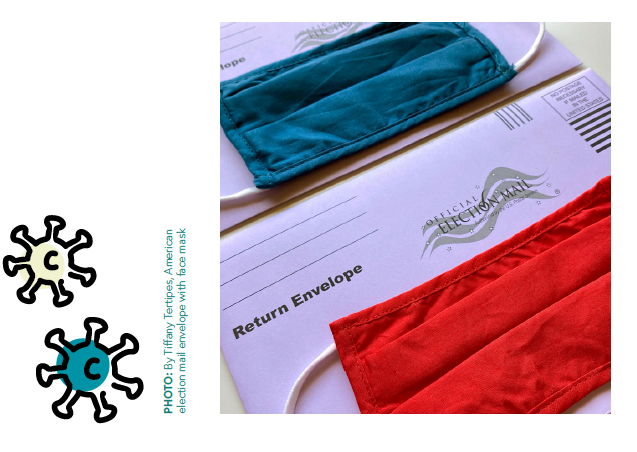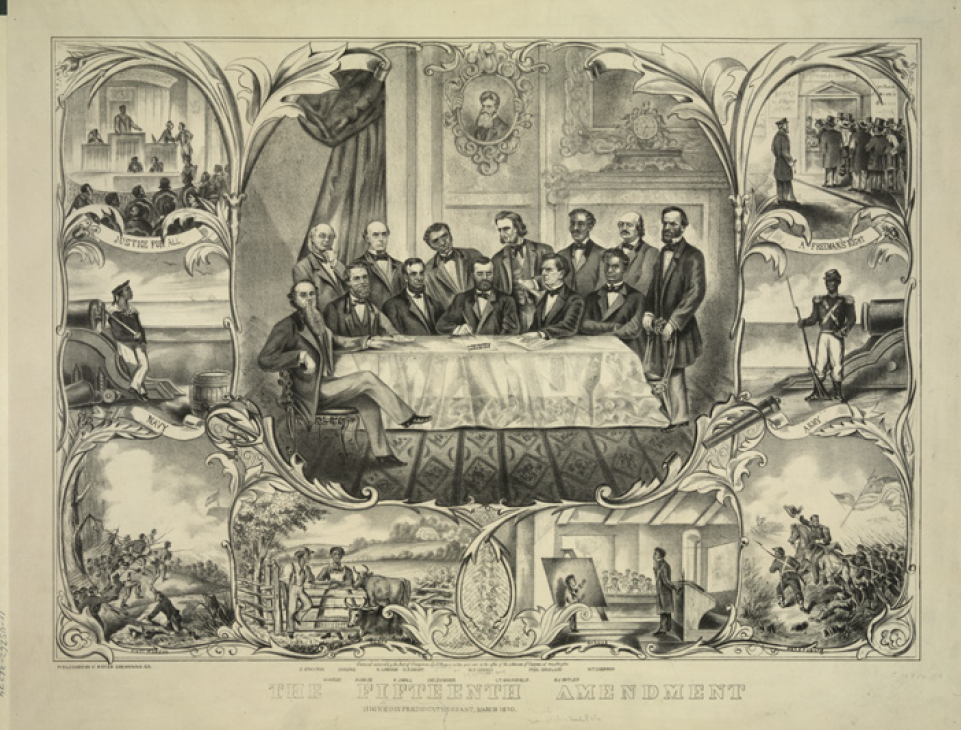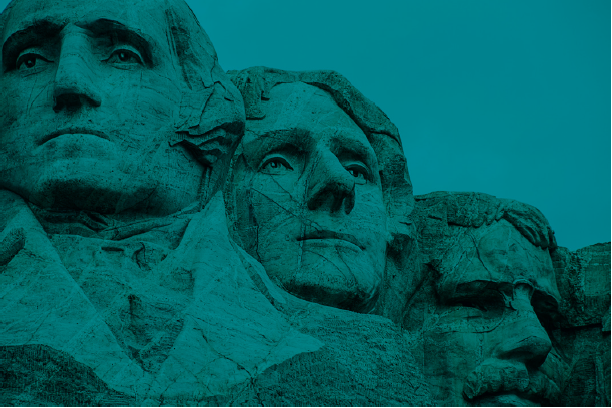VOTER SUPPRESSION IS AN UNFORTUNATE BUT CONSISTENT FEATURE OF THE U.S. POLITICAL SYSTEM. LIMITATIONS ON THE RIGHT TO VOTE WERE CODIFIED IN THE JUNE 2013 CASE OF SHELBY COUNTY V. HOLDER, IN WHICH THE U.S. SUPREME COURT GUTTED THE 1965 VOTING RIGHTS ACT. THIS DECISION NO LONGER REQUIRED STATES AND LOCALITIES WITH A HISTORY OF SUPPRESSING VOTING RIGHTS TO SUBMIT CHANGES IN THEIR ELECTION LAWS TO THE U.S. JUSTICE DEPARTMENT FOR REVIEW. SINCE THIS RULING, 25 STATES CREATED NEW OBSTACLES TO VOTE.

Early Voter Suppression
Our nation’s “founding fathers” wrote about a fair and just democracy for all, but this ideal was not realized in the early stages of the American experiment. Only land-owning white men were able to vote. As time passed, laws were modified to allow states to make their own election rules, allowing less privileged people like farmers and commoners the ability to vote, but it did not extend voting rights to all. In 1776, New Jersey gave voting rights to all who lived in the state, but then quickly passed a law to disenfranchise all women and Black men. Native Americans, African Americans, women, and immigrants were barred from voting, and places like Maryland also banned Jewish people from voting.

TOP PHOTO: Photo by John Bakator, Mount Rushmore National Memorial, Keystone, United States
The 15th amendment ensured that people could not be denied the right to vote because of their race, color or previous condition of servitude, but it also enabled states to oversee elections as they saw fit. Shortly after the Civil War, Mississippi’s Democrats were appalled when two Black men became members of the Senate. They then initiated a campaign of intimidation at the polls that succeeded in restoring white Democrats to power in Mississippi by 1881. Mississippi became one of the first states to put forth a “grandfather clause” that permitted registering anyone whose grandfather was qualified to vote before the Civil War.” This voter-suppression tactic cut the percentage of Black men eligible to vote from over 90% to less than 6% in 1892. Women still could not vote.
Library of Congress, Print showing President Grant sitting at the center of a large table, with several men clustered around, signing the 15th Amendment granting that the right to vote cannot be denied on basis of race or color. Caption: THE FIFTEENTH AMENDMENT
Many other states implemented such tactics as poll taxes, literacy tests, and English-language requirements to deliberately reduce voting among African Americans, immigrants, and low-income populations. These tactics became known as Jim Crow Laws. Efforts like the one in Mississippi and other southern states lasted for almost a century.
Voting Rights Act of 1965
Women were afforded the right to vote by the 19th amendment to the Constitution in 1920. In practice, though, only white women were able to take advantage of this provision. The 1950s and 60s were a time of civil unrest in the U.S. as the civil rights, anti-war, and feminist movements gained prominence. As the civil rights movement grew, activists sought equality for African Americans, and voting rights were a major focus. Many states used poll taxes to keep marginalized people from voting. Others enacted grandfather clauses that reinstated the right to vote for many white people who had previously been allowed to vote but were disallowed because they could not pay poll taxes. The 24th Amendment outlawed poll taxes, but while the amendment extended the right to vote to many African Americans, it was not enough.
To voice their discontent with the treatment of African Americans in the U.S., civil rights activists like Martin Luther King, Jr., Rosa Parks, and John Lewis participated in a peaceful march from Selma to Montgomery, Alabama in March 1965. The event was televised, and the world witnessed the cruelty of state troopers who attacked the peaceful protestors with batons, tear gas, and whips. Some protestors, including Lewis, were beaten until they bled. Others ran for their lives.
Following this pivotal moment in the struggle for voting rights, Congress passed and President Lyndon Johnson signed the Voting Rights Act. The law outlawed the most common voter suppression tactics and created federal oversight of states and localities with histories of voter discrimination. The act gave Black women, Native Americans, and immigrants the legal right to vote. Many thought this marked the end of voter suppression.
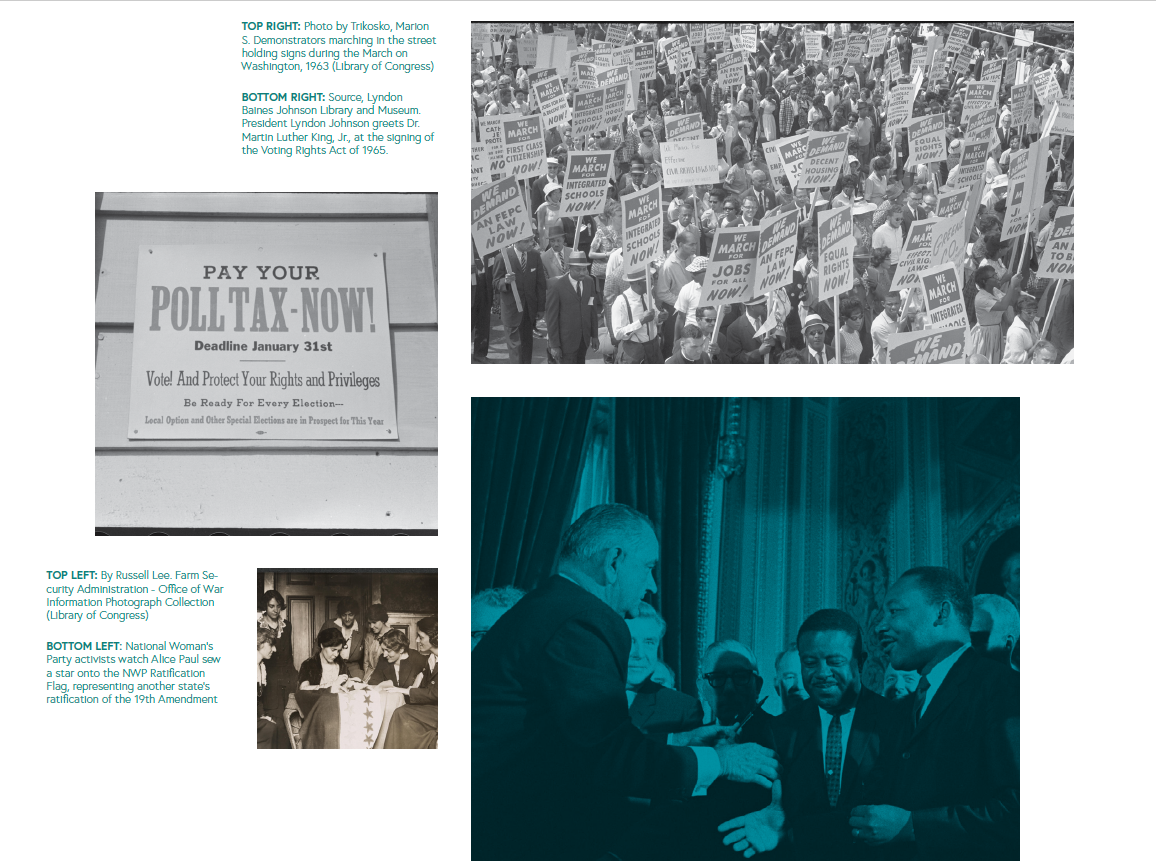
Ongoing Voter Suppression
The years following the Voting Rights Act saw many changes. In the context of the Vietnam War, young people believed if they could be drafted to fight, they should be able to vote. The 26th Amendment allowed anyone over 18 years old to vote.
As racial diversity continued to grow in the U.S. through the 1970s and 80s, Congress expanded the Voting Rights Act to protect members of language minority groups. These laws required localities to provide voting materials in other languages and to provide multilingual assistance at the polls. Congress even passed the “National Voter Registration Act” requiring states to offer mail-in registration and allow people to register to vote at offices offering public assistance.
"Voter suppression appeared to be a thing of the past."
In recent years, however, many state legislatures have introduced an array of voter suppression tactics making it more difficult for many people to cast a vote. Through the 2013 Shelby County v. Holder decision, the U.S. Supreme Court gutted the Voting Rights Act by rolling back key provisions that required federal oversight of districts based on their histories of voter discrimination. With the lack of federal oversight, some states require voters to obtain identification or proof of citizenship in order to register, while others purge names from the rolls of registered voters. Others have shortened early voting periods. Voters have faced long lines and broken machines on election day and limited access to absentee and mail-in voting. Voter suppression efforts continue today.
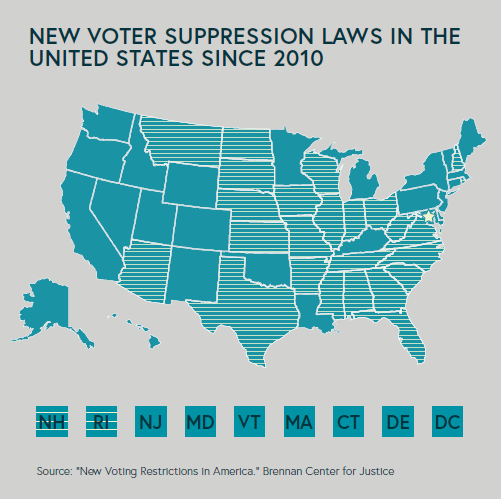
On top of this history, the COVID-19 pandemic has raised fears about voting in person. And, with as many as 40 million Americans at risk of losing their homes and forced to move, many could lose the right to vote if they fail to update their registrations when they move. Finding a home is difficult under any circumstances and almost impossible during a pandemic. While a national eviction moratorium has been issued until the end of the year, to date, the government has failed to pass rent relief. Congress must act soon to save the lives of millions of Americans and the integrity of our electoral process. Read on to find out how to ensure low-income renters in your communities can show up to the polls in full force.
